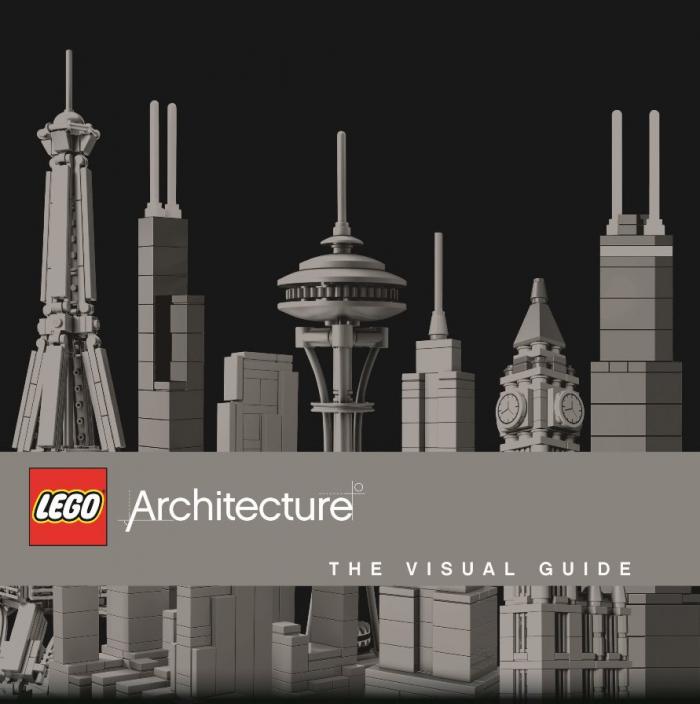DK's LEGO Architecture Visual Guide Could Inspire More Master Builders
FTC Statement: Reviewers are frequently provided by the publisher/production company with a copy of the material being reviewed.The opinions published are solely those of the respective reviewers and may not reflect the opinions of CriticalBlast.com or its management.
As an Amazon Associate, we earn from qualifying purchases. (This is a legal requirement, as apparently some sites advertise for Amazon for free. Yes, that's sarcasm.)

If I ran an architectural firm, I'd make it a point that my conference room and break room would both have a healthy supply of LEGO brick. And maybe many of them do. I know that the most basic of the blocks fuel creativity, and frequently come home amazed at the complexity (and height) of some of my son's creations using just the Duplo brick that he prefers.
If you want to build something architecturally matching a real-world location, however, you can get a closer approximation with specialized LEGO bricks. Hence, LEGO's introduction of the LEGO Architecture series, which has brought home a number of world landmarks over the past few years for hobbyists to play with. In this latest DK encyclopedia, LEGO ARCHITECTURE: THE VISUAL GUIDE, the LEGO artists show completed versions of the kits, with the editors providing photos of the actual place for comparison. Often, the models are shown in an exploded view so the reader can, at a glance, appreciate the layers of complexity involved in the models (and get a pretty good idea of how to put the model together as well).
This visual guide opens with profiles of the LEGO artists involved in the designing of these sets, and then gets into a look at the process of creating the sets, beginning with analysis of the actual building's structure, size, and features. Readers get a brief explanation of the process that went into the scaled down version of Frank Lloyd Wright's Fallingwater, and there's a pictograph of the models in a side-by-side lineup to see how they compare to each other, size-wise. (Spoiler: they're not all modeled to the same scale).
DK and LEGO provide a unique look into the processes of the LEGO Architecture series, and LEGO fans may be intrigued enough by some of the models and their schematics to add those sets to their collections. For LEGO artists who are still working with the basic sets or the character-branded sets, this book may provide the impetus to take their brick-building skills to the next level.


